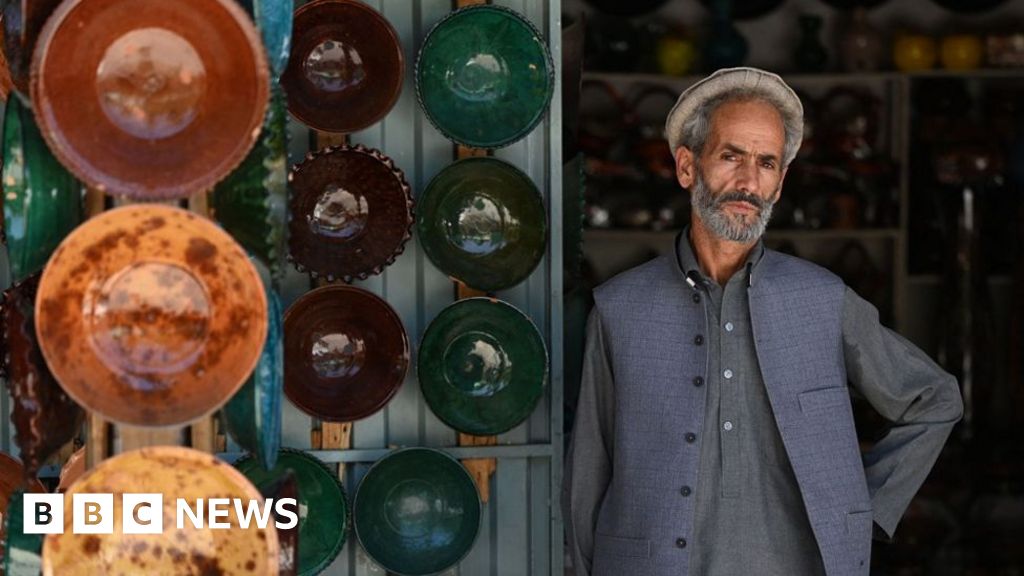38 minutes agoBy Flora Drury, BBC News, Getty Images
When it comes to holiday planning, Afghanistan is not typically at the top of most people’s travel bucket lists. Decades of conflict have deterred tourists from visiting the Central Asian nation since its popularity during the hippie trail era in the 1970s. The Taliban’s resurgence in 2021 further cast doubt on the future of the tourism industry in the country.
However, social media paints a different picture, showcasing a surge in tourism that has captured the attention of influencers and travelers alike. Despite the risks involved, enthusiastic influencers tout Afghanistan as a safe and exotic destination, highlighting its natural beauty and cultural attractions.
Behind the facade of glamorous videos and picturesque landscapes lies a debate about the true beneficiaries of this growing tourism industry. Some argue that the Taliban regime is exploiting tourism to improve its image and financial standing, while others view it as a source of economic opportunity for the Afghan population.
For travelers like Sascha Heeney, Afghanistan’s raw and authentic appeal is what draws them to the country. Despite concerns about the Taliban’s motives, tourists continue to flock to Afghanistan, supporting the local economy and creating job opportunities in the tourism sector.
While the Taliban government aims to promote Afghanistan as a tourist hotspot, the country remains a complex and challenging destination for visitors. Recent incidents of violence targeting tourists serve as a stark reminder of the security risks associated with traveling to Afghanistan.
Despite the potential for cultural exchange and economic development, critics warn of the ethical implications of tourism in Afghanistan. By turning a blind eye to the political and social realities of life under Taliban rule, tourists may inadvertently contribute to the whitewashing of the country’s turbulent history and ongoing challenges.

